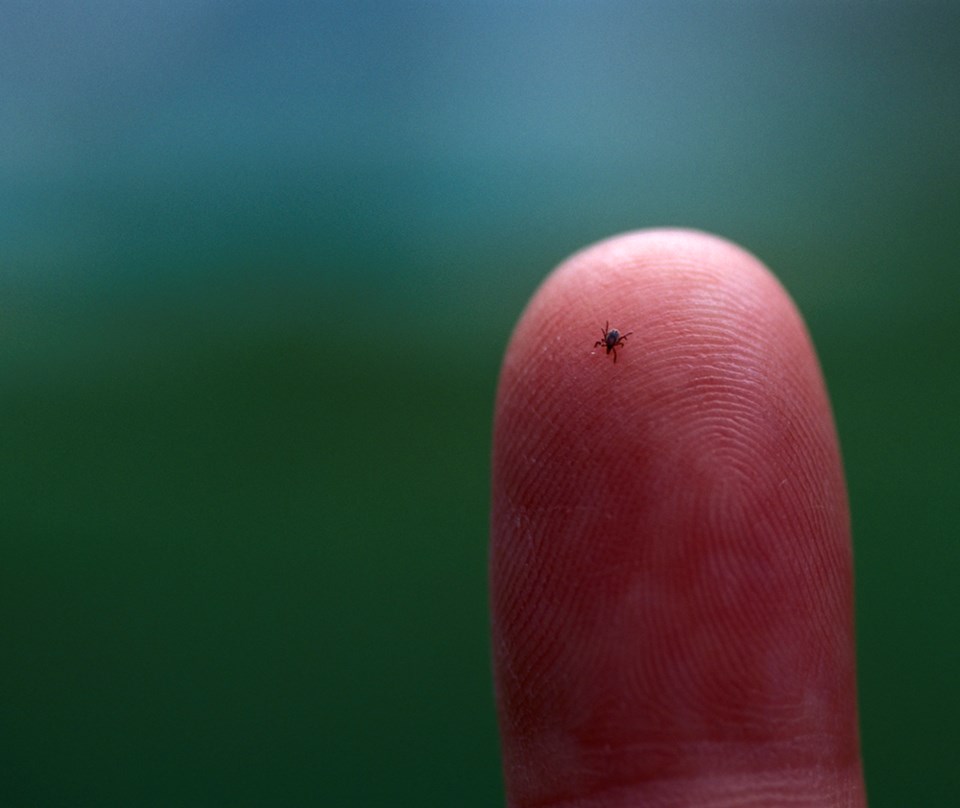TikTok may be all the rage these days, but talking tick is more important at this time of year.
For most people, sunshine means they will be outdoors working in the yard or going out into nature to camp or picnic. The increased contact with Mother Nature in the summer can lead to contracting Lyme disease, an illness caused by a spirochete bacterium, Borrelia burgdorferi, which is transmitted to animals and humans through the bite of an infected tick.
Ticks responsible for transferring the disease are found in grassy areas, including lawns, brush and shrubby woodlands. They prefer to live in areas where moisture is present and can survive even on warm winter days.
Three stages of a tick’s life demand that it takes a single blood meal in each stage: larval, nymph and adult. During the first two stages the tick usually feeds on small mammals, preferring mice, which are the main reservoir of the Lyme disease bacteria. Adult ticks, about the size of a sesame seed, prefer to feed on larger animals, such as white-tailed deer, elk and humans.
When a tick attaches itself to a human and bites, feeding on blood, most likely the person will not notice. In a few days to a few weeks, rashes or lesions called erythema migrans appear. The rash generally looks like an expanding ring, often described as looking similar to a bull’s-eye with alternating dark and light rings. The rash may also appear blotchy and can be confused with a spider bite, ringworm or poison ivy. Accompanying or separate from the rash are flu-like symptoms such as headaches, sore throat, fever, fatigue and muscle aches.
If anyone thinks they have been bitten by a tick, they should get to a doctor as soon as possible, and also take a photo of the rash or lesion to document it for the physician as it may be gone by the time they reach the office.
Earlier symptoms may disappear if they are ignored, but more serious problems can develop months and years later. Some later symptoms include muscle pain and arthritis or neurological symptoms such as meningitis, numbness, tingling and burning.
Treatment for Lyme disease involves antibiotics; the time after infection is critical to recovery. Depending on the stage of the disease, a doctor or veterinarian, if an animal is infected, will recommend certain treatments.
Taking precautions when enjoying nature’s beauty is important, including use of spray-on repellents, tucking in clothing and trying to follow established hiking trails. After that, taking that perfect TikTok video in that perfect setting can be the focus.



-05-18_at_35540_pm.jpg;w=120;h=80;mode=crop)